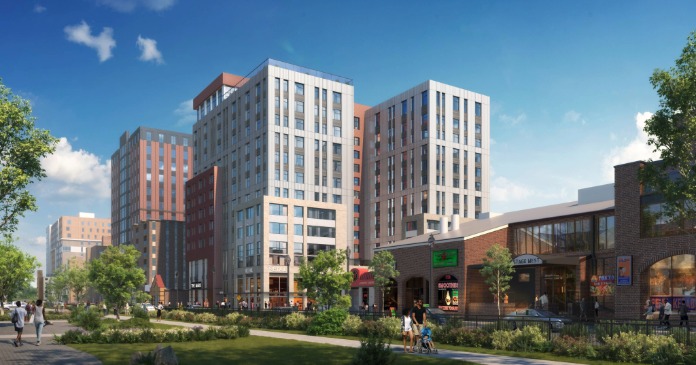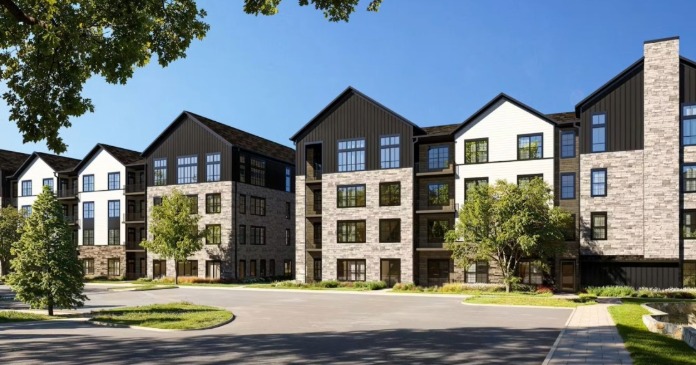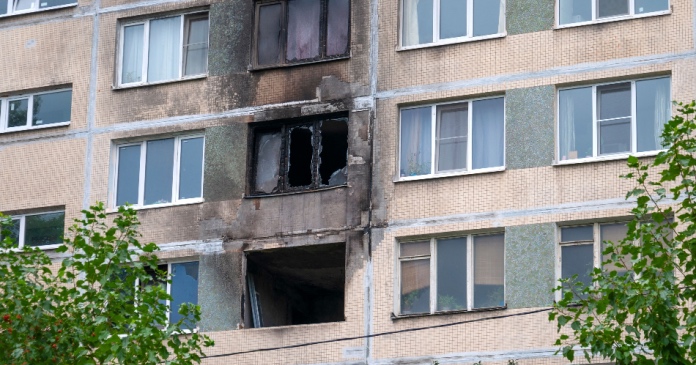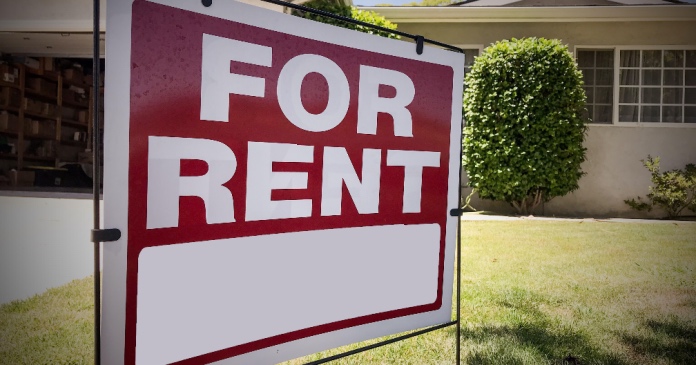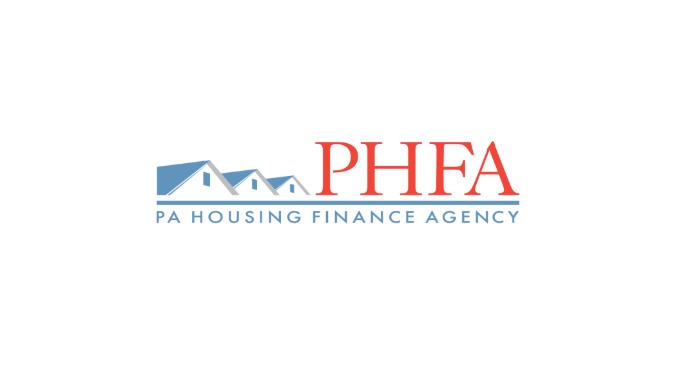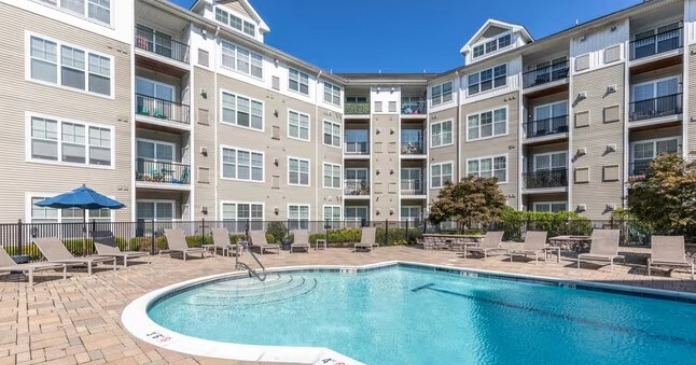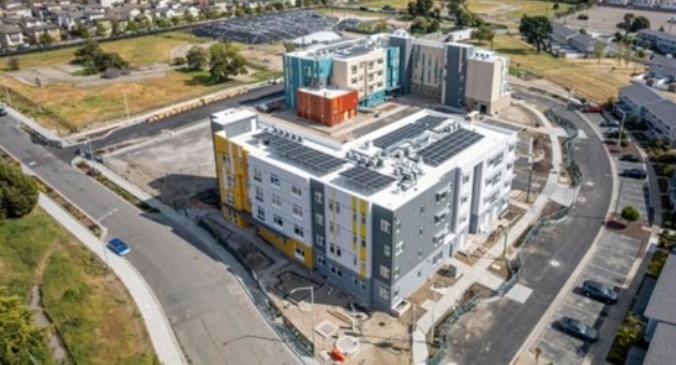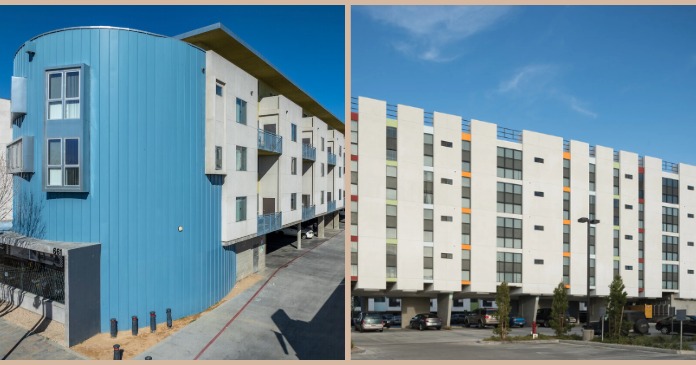The 2025 Seniors Housing Outlook report describes an industry set for robust growth and dynamic change, fueled by favorable demographic shifts, strong investor interest, and a competitive landscape where high-quality assets thrive. In a period marked by tight supply and a rapidly growing population of older adults, the senior housing sector is experiencing intense demand, driving rent growth and elevating property valuations higher.
Industry momentum and competitive landscape
Momentum in senior housing is propelled by the convergence of institutional capital returning to the space, supportive capital markets, and steady improvements in operational performance. Owners and operators are seizing strategic opportunities—recapitalizing, acquiring assets in supply-constrained markets, and upgrading older properties to match evolving consumer preferences. The distinction between the sector’s “haves” and “have-nots” has grown sharper: modern, well-located communities with strong management teams consistently outperform and attract multiple competing bids, while older, undifferentiated assets struggle with occupancy and retention.
Financing and Investment Trends
In 2025, the debt capital environment is notably more favorable than in previous years. Alternative finance sources like bridge lenders and preferred equity providers are active, offering flexible structures for recapitalizations and renovations. Life insurance companies are once again pursuing high-quality, permanent financing opportunities. Banks with sector expertise are being selective, often leveraging their operational knowledge to tailor loans. However, regulatory constraints limit some regional lenders’ appetites. The return of the government-sponsored enterprises (GSEs), Fannie Mae and Freddie Mac, to the market has expanded execution options for stabilized assets, driving down costs and spurring competition. Furthermore, innovations like HUD’s Lean Express Lane are streamlining financing, enabling swifter refinancings and acquisitions that meet compressed timelines.
Transaction market dynamics
Transaction velocity has reached new highs, particularly for Class A assets in supply-constrained markets. These assets routinely draw 10–15 qualified bids, compared to just a handful in prior years. Cap rates have modestly compressed, reflecting heightened buyer competition for the limited high-quality opportunities available. Domestic private capital leads the sell-side, with owners taking profits and recycling equity, institutions rebalancing portfolios, developers monetizing completed projects, and strategic acquirers seeking platform scale. Distressed sales remain rare, with most deals motivated by proactive capital management and repositioning strategies rather than distress.
Buyers in 2025 prioritize operational stability, cash flow, and growth potential supported by demographic trends and supply constraints. Bidding remains competitive, particularly for communities with proven operators, strong locations, and visible upside, while underwriting has grown more disciplined regarding operator quality and market supply barriers.
Operational performance and sector headwinds
Operational performance continues to improve, with national occupancy rates returning to pre-pandemic levels at 88.1 percent. Net absorption continues to surpass new supply, driving further gains in stabilized revenue. However, the sector faces several headwinds: affordability pressures due to rapid rent growth, reimbursement uncertainties related to Medicaid policy proposals, and ongoing capital requirements for maintenance and modernization. While agency staffing usage and labor volatility are easing, wage levels remain elevated, creating persistent cost pressures in some regions.
Insurance costs have stabilized, with more predictability for operating expenses supporting more competitive refinancing packages. Select submarkets are experiencing localized supply additions, but overall, new construction remains muted, protecting pricing power. The needs-based nature of senior housing insulates it from broader economic volatility, and the growth in the over-80 population ensures a durable demand tailwind into the coming decade.
Supply and demographics
The supply pipeline has reached decade lows: independent living and assisted living development have declined over 45 percent and 55 percent, respectively, since their peaks. This has reinforced occupancy gains and pricing power for operators able to differentiate through services and amenities. U.S. Census data highlight the expected growth of future demand. The 80+ cohort is projected to increase rapidly through 2030, expanding the pool of potential residents. Meeting this demand will require sustained construction and strategic portfolio management, especially given persistent barriers to development.
Strengthening fundamentals are visible in the sector’s financial metrics. Revenue and NOI trends have strengthened since 2022, and interest coverage ratios are improving even as expense volatility eases. The sector’s resilience, paired with its anticipated demographic growth, makes it an attractive target for debt and equity capital.
Strategic outlook
The outlook for 2025 and beyond is marked by cautious optimism. Continued rent growth is projected in supply-constrained submarkets, with additional cap-rate compression expected for premium assets. Financing liquidity should improve with GSE re-engagement and HUD’s streamlined programs. Development will likely remain muted, with new supply lagging demand at least through 2026. Owners and investors seeking outperformance are urged to prioritize scale, operator quality, and value-add repositioning, especially where pricing reflects pre-upgrade NOI potential.
Legislative and regulatory shifts, including possible Medicaid changes and state-level incentives to convert underutilized commercial sites, are being closely monitored by industry participants. These developments could alter reimbursement structures and supply channels, impacting both affordability and accessibility. Proactive capital planning—including moderating rent strategies in selected regions and ensuring compliance with policy updates—is increasingly essential for sustained success.
In summary, seniors housing in 2025 is defined by vigorous demand, muted new supply, institutional investment momentum, and the necessity for a proactive, quality-driven investment strategy. Owners and operators who capitalize on demographic trends, operational excellence, and disciplined capital planning are best positioned to benefit from the market’s positive trajectory over the next several years.




